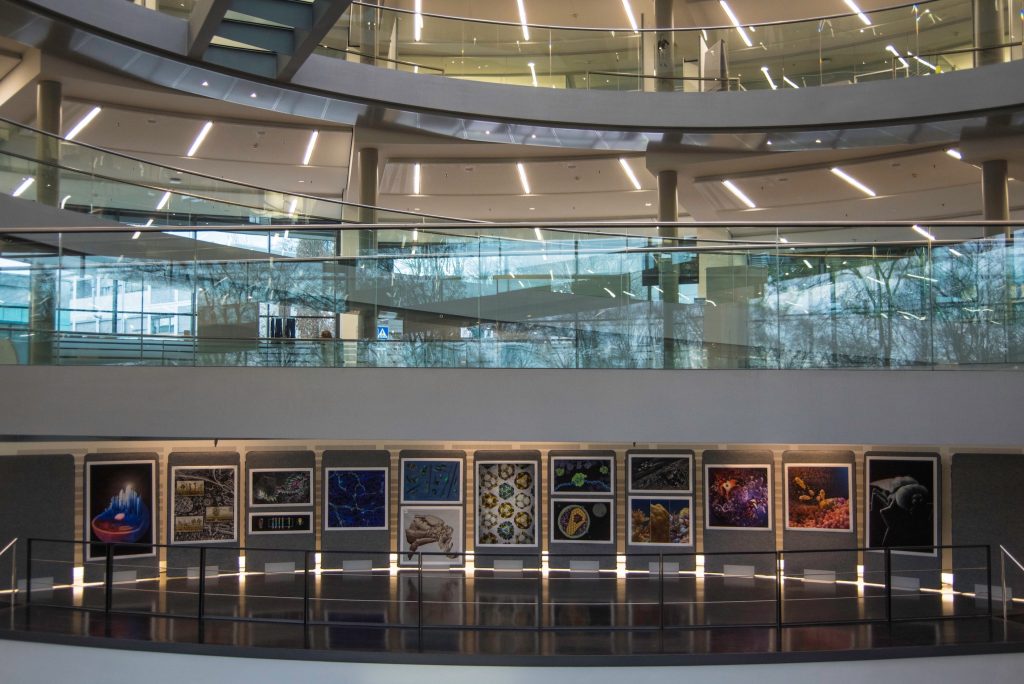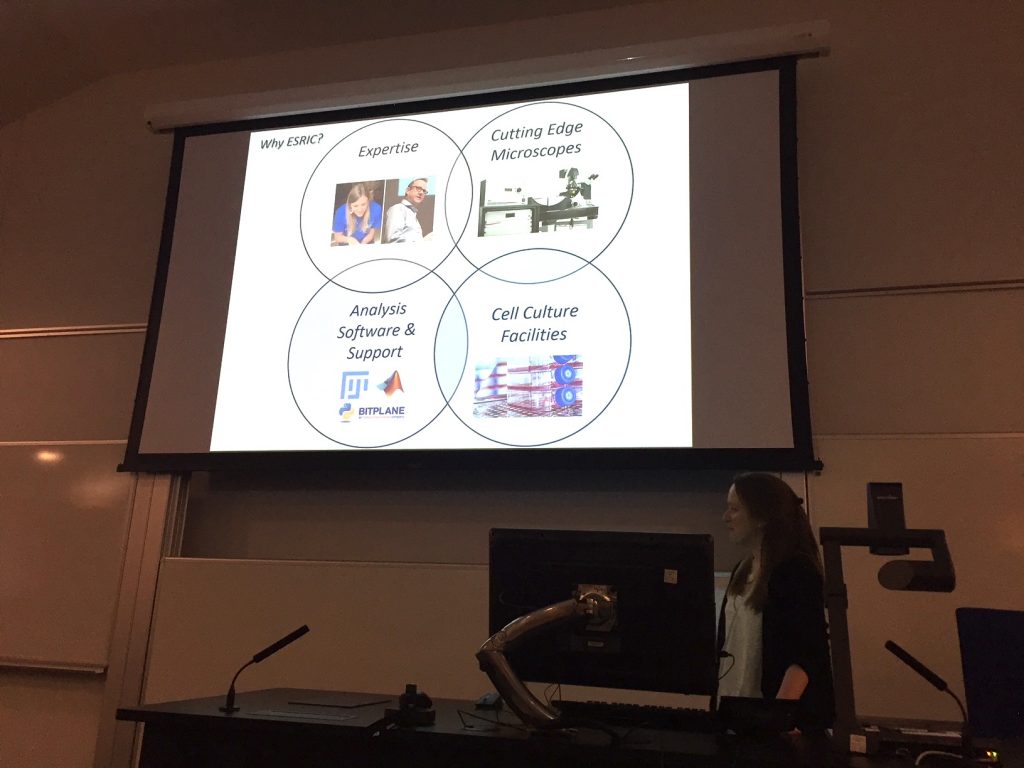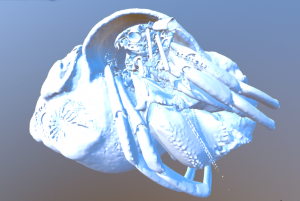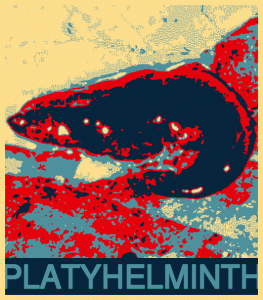
EMBL Heidelberg was the venue for the EMBL Symposium: Seeing is Believing – Imaging the Molecular Processes of Life that took place on 9-12 October 2019. This was the second EMBL meeting on imaging data we attending this year after VIZBI (see the write-up here), GigaScience Data Scientist Chris Armit was there and was astonished at how recent breakthroughs in imaging technology are enlightening our understanding of the Life Sciences.







